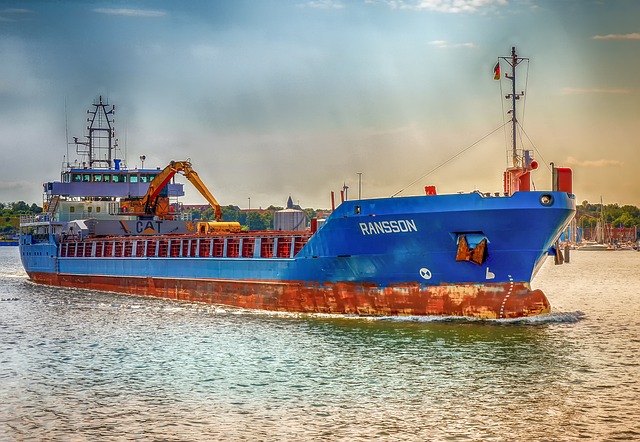Calculating the cost of shipping a vehicle to Hawaii involves considering vehicle size, distance, and weight. Larger vehicles like trucks or SUVs cost more than smaller cars due to size and weight. The 2,400-mile journey takes 7-14 days, increasing costs from specialized shipping methods and remote location fees. Shipping companies charge based on these factors: weight, size, transit time, and method, with larger vehicles facing higher rates; for instance, a compact car (2,500 lbs, 14 ft) is less expensive to ship than a full-size SUV (over 4,000 lbs, 20+ ft).
Shipping a vehicle to Hawaii comes with significant costs, influenced by distance, vehicle specifics, and transport type. This comprehensive guide breaks down the factors driving these expenses and offers actionable steps for calculating and potentially reducing them. From understanding key variables like distance and vehicle weight to navigating the selection of shipping methods and negotiating rates, this article equips you with insights to make an informed decision on the cost of shipping a vehicle to paradise.
Understanding the Factors Influencing Cost

When calculating the cost of shipping a vehicle to Hawaii, several factors come into play. These include the type and size of the vehicle, the distance traveled, the chosen shipping method (e.g., container or roll-on/roll-off), and the weight of the vehicle. Each of these variables significantly impacts the overall expense. For instance, larger vehicles like trucks or SUVs will generally incur higher costs compared to smaller cars due to their greater size and weight.
Moreover, the distance from the origin to Hawaii plays a crucial role. Given that Hawaii is an island state located thousands of miles away from continental USA, the cost of transporting a vehicle there will inevitably be higher than domestic shipping within the contiguous 48 states. Additionally, the chosen shipping company’s rates and their experience in handling vehicle shipments to remote locations can also contribute to variations in the cost of shipping a vehicle to Hawaii.
– Distance and Travel Time

Shipping a vehicle to Hawaii involves traversing vast distances across the Pacific Ocean, making it one of the longest and most challenging routes for automotive transport companies. The journey typically covers around 2,400 miles (3,862 kilometers), with travel time estimated at approximately 7-14 days, depending on weather conditions and sea currents. This lengthy transit period directly impacts the cost of shipping a vehicle to Hawaii, as it requires specialized vessels equipped to handle long-haul voyages and the potential risks associated with open water.
The remote location of Hawaii further complicates logistics, leading to higher port fees and handling charges compared to mainland destinations. These additional costs are integral to the overall price customers pay for seamless vehicle delivery to their Hawaiian destination.
– Vehicle Weight and Size

When calculating the cost of shipping a vehicle to Hawaii, vehicle weight and size are critical factors that significantly influence the overall expense. The pricing models used by shipping companies are designed to account for various dimensions and weights to ensure accurate estimates. Typically, larger and heavier vehicles will incur higher costs due to increased fuel consumption, handling requirements, and potential storage challenges during transit.
For instance, a compact car might weigh around 2,500 pounds (approximately 1,134 kilograms) and have a length of 14 feet (around 4.2 meters), making it more cost-effective to ship compared to a full-size SUV that could tip the scales at over 4,000 pounds (more than 1,814 kilograms) with dimensions exceeding 20 feet (roughly 6.1 meters). These physical attributes directly impact not only the shipping company’s operational costs but also the available transport methods and routes, ultimately affecting the final cost of shipping a vehicle to Hawaii.
When calculating the cost of shipping a vehicle to Hawaii, factors like distance, travel time, vehicle weight, and size play significant roles. By understanding these variables, you can better estimate shipping expenses and make informed decisions for your next cross-country journey. Remember, exploring multiple quotes and considering the reputation of carriers is key to ensuring a smooth and cost-effective transit for your vehicle.
